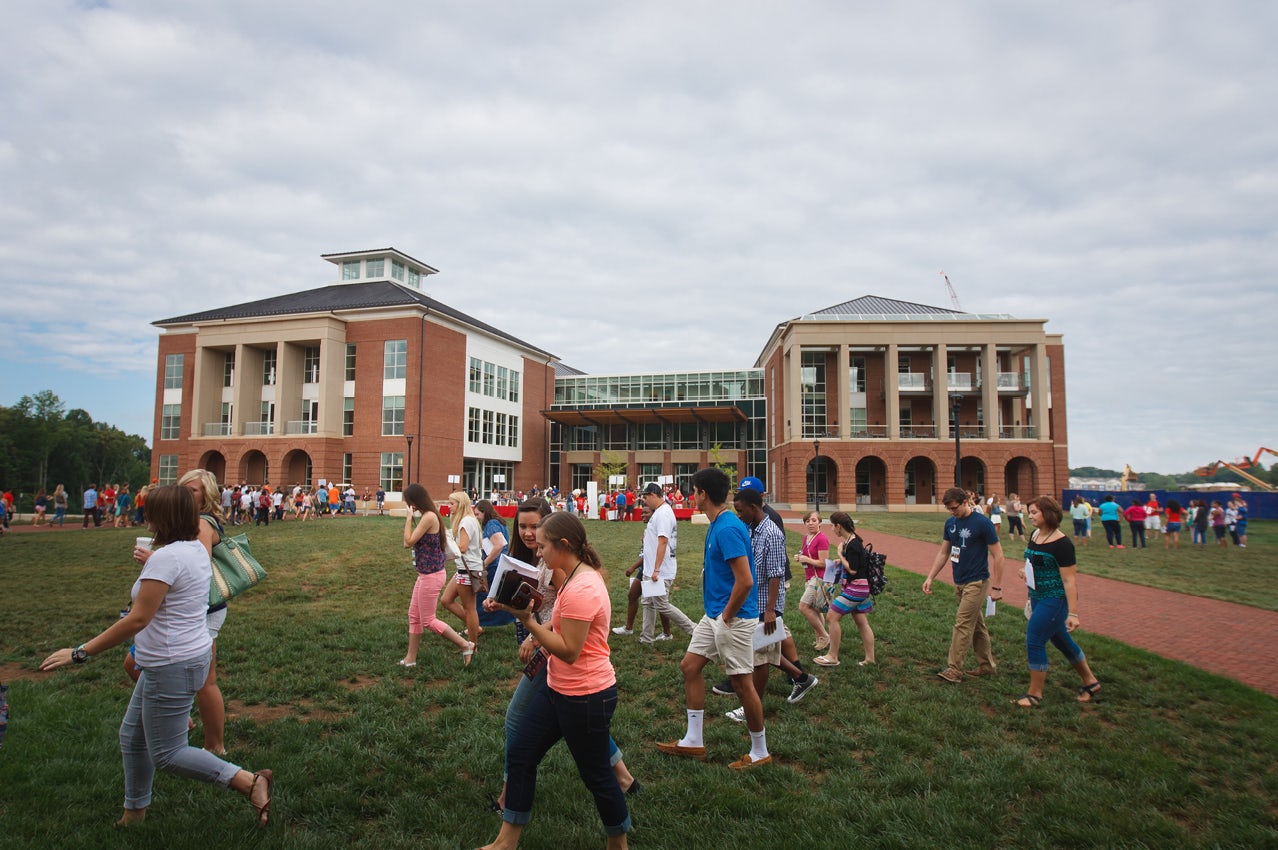Typically, the formation and growth of a university evolves over long periods of time. Most of the great seats of higher education have developed into the institutions they are today, incrementally, over the course of many decades. Their enrollments slowly grow, their facilities and staff expand to meet new demand, and their properties gradually develop into campuses that, in many respects, emulate small cities. Because the scale of investment is so great and developments in academia are relatively gradual, calculated growth is the manner in which most Universities have come to exist, survive, and ultimately thrive.
A world-class liberal arts university with 16 schools and colleges, Liberty offers more than 520 programs from the certificate to the doctoral level, ranging from medicine, biology, chemistry, and engineering to design, music, religion, law, and more. Liberty owns more than 7,000 acres and operates over 6.6 million square feet of building space in 350+ buildings and structures on its campus. Its current residential enrollment sits at 14,500 graduate and undergraduate students while its online enrollment continues to grow, cresting the 95,000 mark in 2015.
As a result of Liberty’s unparalleled growth, the University embarked upon a large-scale master planning initiative to address the mounting pressures placed on its physical campus as well as the programmatic and technological developments needed to accommodate a new generation of tech-savvy students and instructors. The University realized that the modest improvements made to the campus in times of need could not address long term aspirations to become a truly first-class institution. In order to ensure continued growth, a legacy of academic improvement, and effective recruitment and retention, the University would need to reconsider the way it considered, planned for, and executed new built projects. Liberty University’s master plan seeks to create a campus-wide identity of excellence by re-envisioning the entirety of its physical environment in a comprehensive and strategic way that enhances the school’s image and bolsters its unique mission.
The plan begins with a focus on renovating Liberty’s core campus – the construction of which is already under way. A new main academic library, buildings for the Schools of Music and Science, a 1,600 seat Concert Hall, a new Student Center, a 15-story Landmark Tower, and a home for the growing School of Divinity were all designed to contribute a distinctive architectural legacy to this academic centerpiece.
Nearly 600,000 square feet of new space has been built or is under construction as part of this first phase of campus development and includes: 32 new classrooms, 34 labs, 63 group study spaces, lecture space for 2,000+ students, 20,000 sf of banquet and multi-use event space, 500 offices, a 500,000 item collection of books, periodicals, journals and other resources, 3 indoor NCAA basketball practice courts, a new lake, central Virginia’s largest vegetated roof (at over 30,000sf), and nearly 25 acres of outdoor space carefully designed to promote walking, biking, and community living.

